Exactly five years ago, Apple opened an app store for the iPhone – the App Store. It was possible to buy the first mobile games for iOS. We decided to recall the most important of them today.
Five years ago, in 2008, there were just over 500 apps in the App Store. Today there are much more of them – 900 thousand.
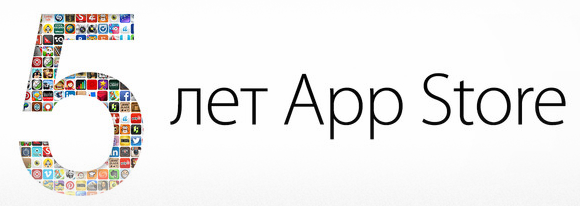
Most of them are games. It would seem very difficult to single out those projects that have played a significant role in the development of the market. But as often happens, there are few breakthrough projects. And it would be good to remember them.
1. Trism
The first match-3 on iOS, the first box office blockbuster of the store ($250 thousand in two months) and one of the first games on the platform in general.
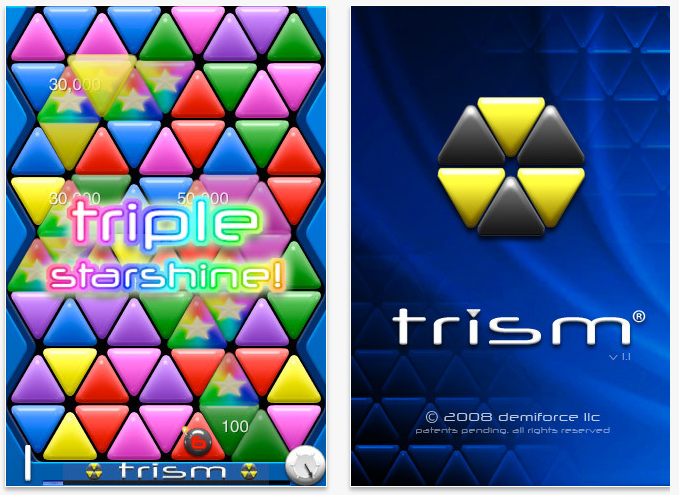
In other words, in many ways it is the pioneers from Demiforce who need to say thank you for Candy Crash and Bejeweled on mobile platforms. Who knows where the industry would have gone if Trism hadn’t appeared on it.
2. Canabalt
The progenitor of the runner genre, a game without which the world would never have known about Jetpack Joyride and Temple Run. It was developed by one person – Adam Saltsman – in just a few days.

The Flash original was released four years ago, but the project appeared on iOS later – in October 2010. By the way, despite the almost cult status, Jetpack Joyride from Halfbrick Studios, released in August 2011, became the popularizer of the genre.
3. Angry Birds
In principle, there is nothing more to write here.
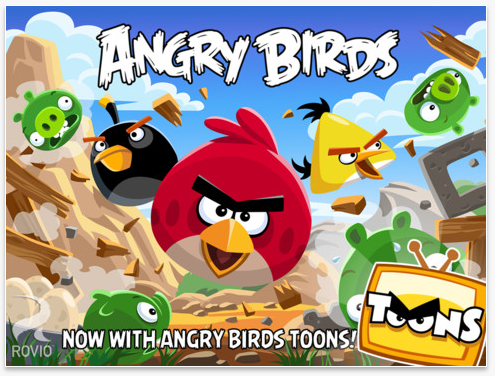
The game is a phenomenon that has forced the whole world to look in a new way not only at mobile games, but also at games in general. Mickey Mouse of modernity.
Plus, the project was important and, to be honest, remains so, because it defined the game landscape. With an eye on the physical puzzle of Rovio, every second mobile team works.
4. iMobsters
At this place there could be a double of the project from the same Storm8 – World War. Both projects are MMO pioneers on iOS.
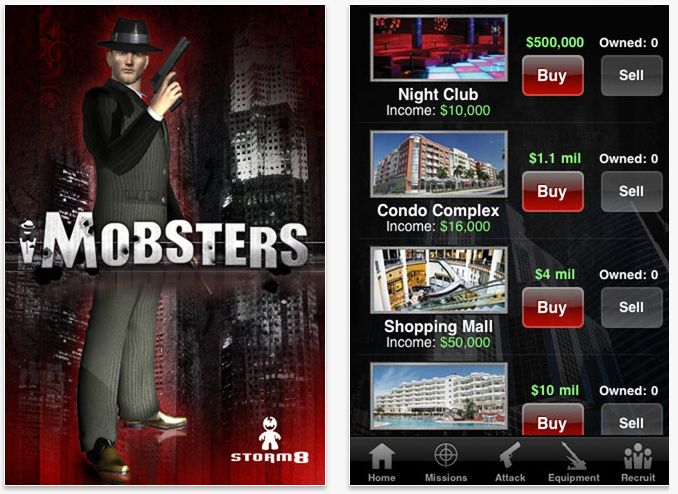
They are hardly original. Already by that time, there were enough similar games on simple mobile phones that somehow went online. It was about a new platform, a more convenient UI, and the fact that looking at their performance and their experience, really successful hardcore builders like Kingdoms of Camelot began to enter the mobile market.
5. Infinity Blade
The value of Epic’s far from the most fascinating game is that it was the first to hint: mobile games will compete with console games in the future, including graphically.

In other words, Infinity Blade was something like an interactive postcard from the future, they say, look, guys, how we will look in a few years.
6. Temple Run
The Imangi team has two merits. Firstly, they made the runners pop, “which only lazy people don’t do,” and secondly, they hammered a giant nail into the lid of paid monetization, demonstrating that one dying paid project can become a worldwide hit if distributed for free.

7. Rage of Bahamut
Rage of Bahamut gained worldwide fame already at the moment when in Japan itself they began to get tired of battlers. Moreover, most likely, DeNA’s brainchild was devoid of originality in its native market. However, she has formed an interest in the market of collectible card games in the West.

In addition, it was the battlers in the market native to Asian companies that allowed DeNA and GREE to begin expansion into the United States and Europe.
8. Diamond Dash
One of the first free-2-play in the match-3 genre, and also until recently one of the most successful. Today, during the Candy Crush collections, they began to forget about him, but for the rigid monetization of casual projects, it is he who should be thanked.

9. Clash of Clans
Officially, this is the first midcore project on the Western market. It can also be safely called a “farm for boys” and a “short guide to increasing the length of the session.” Supercell was the first in the mobile market to guess the placement of buildings on the map to make a critical component of PvP gameplay.
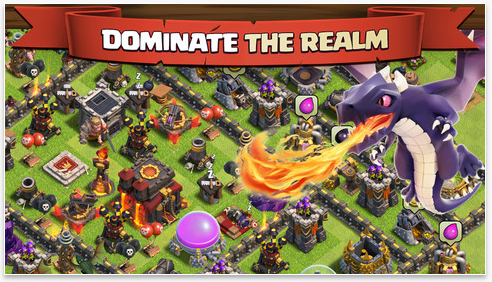
10. XCOM: Enemy Unknown
The first project of the current generation of consoles, which was directly exported to mobile devices with minimal time delay.

The original was released in October on PC in October 2012, the iOS version in June 2013. There are almost no differences, except, of course, the UI.
A small revolution that not everyone noticed.
